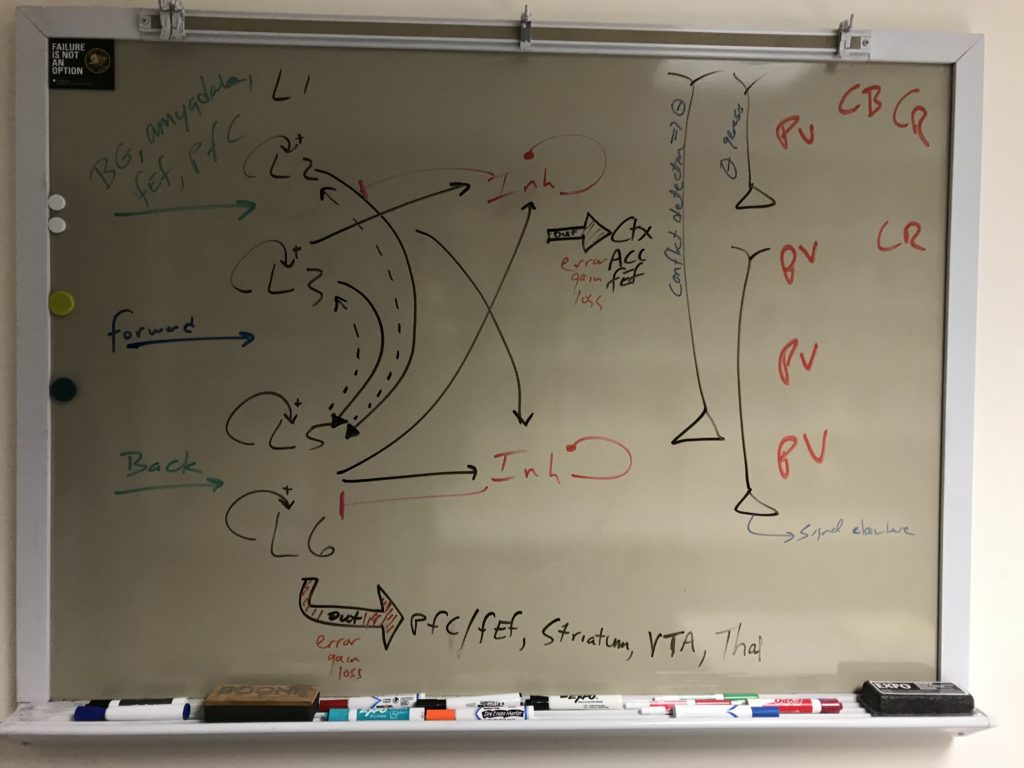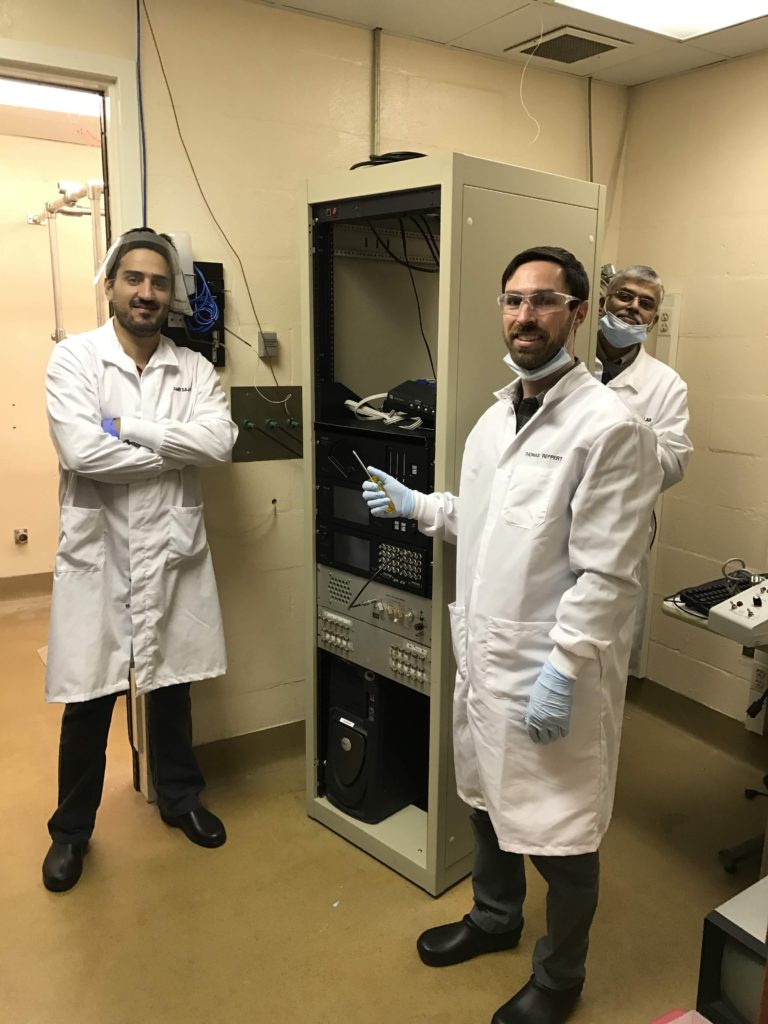Schall's research program seeks to understand how the brain guides, controls, and monitors behavior. To address these fundamental mechanisms of decision-making, we must understand how to translate between multiple scales of description. With neurophysiological and electrophysiological data we seek explanations at neural, biophysical, and computational scales.
Through other scholarship Schall also translates between research and application at the intersection of law and neuroscience,
Our group is multigender-multiracial-multicultural-multinational. We practice the method of multiple hypotheses in research and in life. We avoid the blinding influence of personal and petty affections. We debate ideas and respect people. We know that the best science flourishes in a liberal society. We value each other. We value you.




